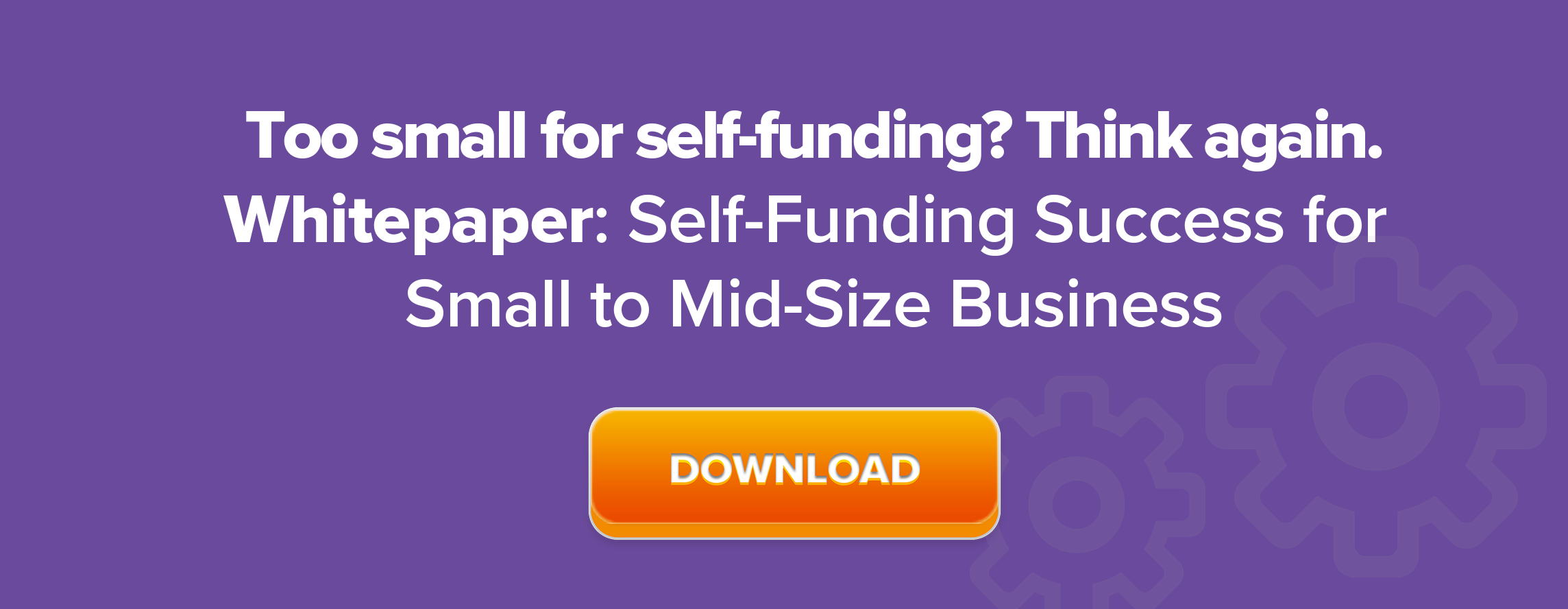3 Misconceptions About Self-Funded Insurance

When thinking of opting for an insurance plan for their employees, some small businesses automatically assume that a self-funded plan is only a good option for large employers. Not true. In fact, did you know that it is estimated that 61 percent of companies within the U.S. self-fund at least a portion of their health plan? Read on to find out about three of the common misconceptions about self-funded insurance and the truth about each of them.
Misconception #1: Employee claims will be inconsistent from month to month, so it will be impossible for the employer to maintain a budget.
Yes, it is true that employee claims will vary from one month to the next. However, the employer has a safety net in the form of aggregate stop-loss insurance. While there is specific stop-loss insurance for each individual employee, aggregate stop-loss insurance covers the entire business as a whole. If total covered claims during the contract period for all covered persons in the group are more than the annual aggregate attachment point, the stop-loss insurance protects the policyholder by covering such claims. There are different levels of coverage available and employers are free to choose the plan that works best for their needs.
Misconception #2: Claims carry over from one year to the next.
Because each year begins a new contract period, claims from the current year do not carry over to the next. New agreements are generated for the employer’s signature at the start of the new contract period. Covered claims for the current year are processed and paid according to the current year’s contract. Employers can have peace of mind in knowing that their current claims will not continue to accumulate from year to year.
Misconception #3: Self-funded insurance plans are complicated to manage.
After growing accustomed to having a full insurance plan, switching to a self-funded plan may seem intimidating. Having multiple entities to keep track of is more work than most small businesses are willing or able to handle on their own. The answer? Integrate. Find a single company that will handle both stop-loss coverage and administration of benefits. An integrated solution also helps make transactions faster, more efficient and more secure, and avoids the separate fees that can surprise an employer. Having one company manage every component ensures that there are no coverage gaps and prevents hidden fees from appearing throughout the year.
Related: Self-Funding for Small Business - Part 1
Now that you know some of the common misconceptions about self-funded insurance, you may realize that it is a more viable and beneficial option for small business than some might think. With a bit of planning, small businesses can provide comprehensive care for their employees, and many employers are even looking at offering wellness opportunities to their employees.
References


 Posted by
Posted by


